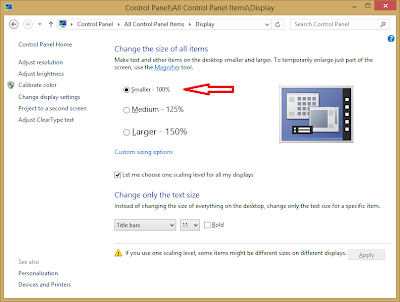Today morning all of a sudden, my windows phone project that I had been working on for months started showing up this compile time error message at:
<Application.Resources> <local:LocalizedStrings xmlns:local="clr-namespace:Bins" x:Key="LocalizedStrings"/> </Application.Resources>It was not a show stopper as I was able to force VS2012 to ignore this error and continue with the build. But I some how wanted to take some time to fix the issue. The error message starting showing up after my machine had an unexpected crash. So the most probable reason for it is a corrupted file.
It was fixed by cleaning up some visual studio chach files.
Steps:
- Close Visual Studio.
- Go to the folder location : "%LOCALAPPDATA%\Microsoft\Phone Tools\CoreCon\".
- Delete the contents of the folders: 10.0 and 11.0.
Open up your project and compile. The error must have disappeared now.

